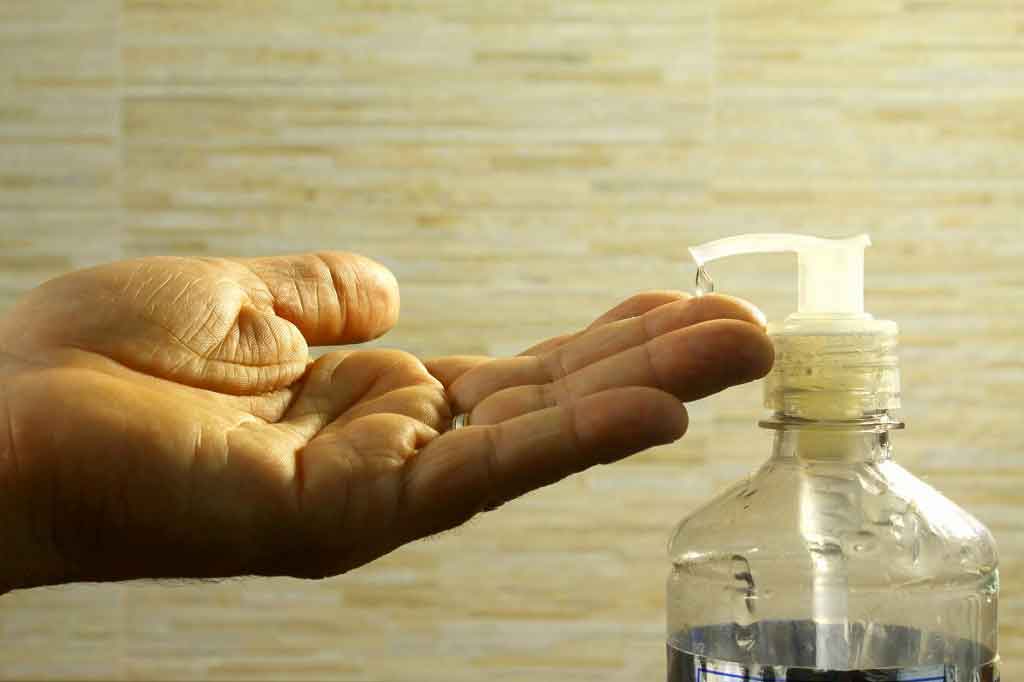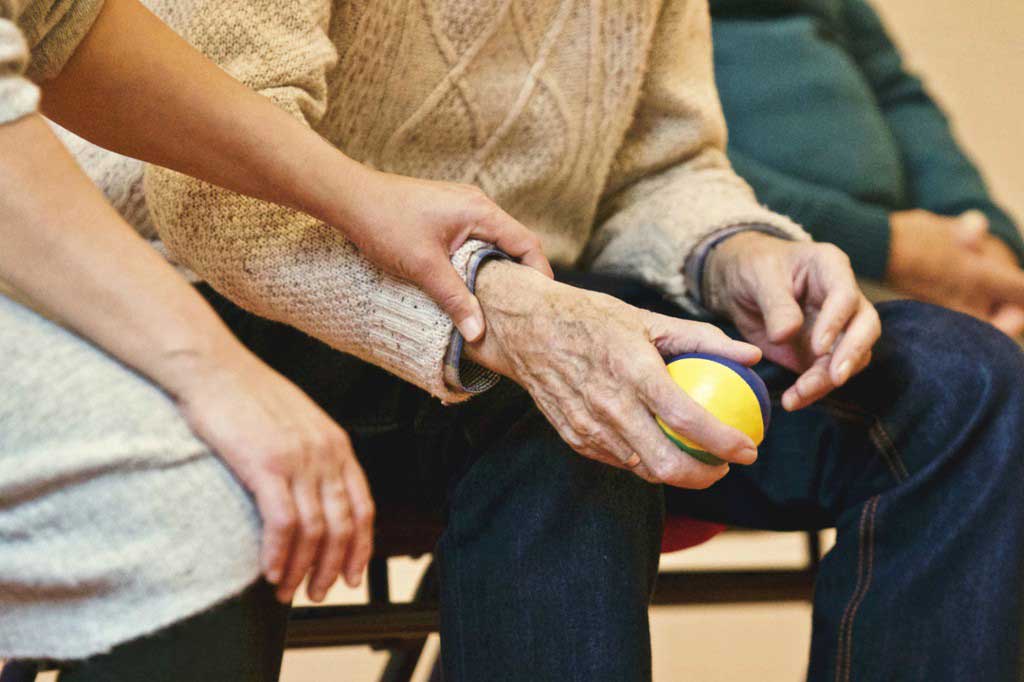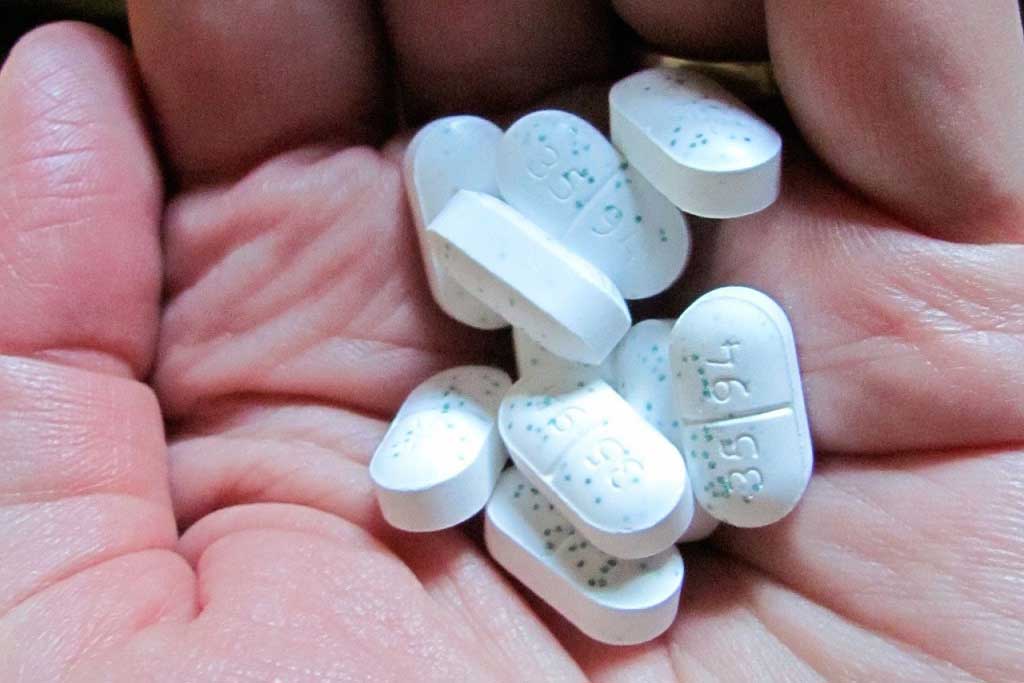Drug errors in care homes
Older people
A study has found an “alarming” level of drug errors in care homes, according to The Guardian. The study in question looked at 256 elderly people from 55 care homes
A study has found an “alarming” level of drug errors in care homes, according to The Guardian . The study in question looked at 256 elderly people from 55 care homes in England. The mistakes included errors in dosage and how the drugs should be taken.
Errors were attributed to doctors being inaccessible or not knowing the residents, high workloads of care home staff, lack of training for pharmacists working with care homes, a lack of teamwork between all the services, and problems with the administration and recording of prescriptions.
As reported, the study found that nearly 70% of the care home residents had at least one medication error. It is important to note that when the researchers rated the potential harm of the errors, the average level of harm was low (a score of 2.6 on a 10-point scale).
The researchers say their study was not primarily designed to identify harm, but it did find cases of harm or where harm was likely. It further found that many of the errors “would reduce the [patient's] quality of life and ability to function”.
The Department of Health has said it is working with the Care Quality Commission to address these issues. A DH spokesman said, “The CQC is currently scoping a major review of healthcare for people living in care homes. [This] will include medication safety, which is one of their key priorities for this year.”
Where did the story come from?
The research was carried out by Professor Nick Barber and colleagues from the School of Pharmacy in London and other research centres in the UK. It was funded by the Patient Safety Research Programme of the Department of Health.
It was published in the peer-reviewed medical journal Quality and Safety in Health Care .
What kind of scientific study was this?
This cross-sectional survey assessed how common medication errors are in care homes in the UK. The survey was carried out in three areas: West Yorkshire, Cambridgeshire and central London. Care homes in these areas were asked to participate and consent was sought from the care home manager, staff and residents or next of kin (if residents were not able to give consent).
Of those contacted, 55 care homes agreed to take part. From each home, a random sample of residents on one or more medicines were asked to participate. In total, 256 residents agreed to take part, most of whom were women (69%) and whose average age was 85.
Clinical pharmacists carried out reviews of medications for each of the participating residents. They identified medication errors by interviewing the residents, reviewing their medical notes kept by their GPs and the care home staff, as well as prescriptions, and checking what medicines had been dispensed to the residents. They then observed the care home staff while they dispensed medicines. Two instances of drug administration per resident were observed to identify errors. The errors were categorised using a list of set definitions, and cases that were difficult to categorise were discussed by researchers.
The causes of the errors were assessed by observing and interviewing care home staff, as well as interviewing pharmacists and doctors. In total, 59 interviews were carried out relating to a variety of errors, with an additional 11 interviews with GPs and 19 with pharmacists. Observations were carried out in five pharmacies.
If the pharmacists spotted errors that were likely to cause harm, they would intervene to ensure that they were corrected. The level of potential harm associated with each error was ranked independently on a scale of zero (no harm) to 10 (death) by a GP, a consultant old-age psychiatrist, a clinical pharmacologist and two clinical pharmacists. An average score was calculated for each error.
What were the results of the study?
Overall, 178 of the 256 (69.5%) care home residents had at least one medication error, with an average of 1.9 errors identified per resident. The average harm score on the 10-point scale was 2.6 (with zero indicating no harm and 10 death), and average scores for each individual error ranged from 0.1 to 6.6.
Prescribing errors were defined as errors in the prescribing decision or in prescription writing that significantly reduced the likelihood of the treatment being given at the appropriate time and of being effective, or increased the risk of harm. One hundred residents (39%) had one or more prescription errors, with 8.3% of prescriptions (or intended prescriptions) affected. The most common type of prescribing error (87.6%) was incomplete information in the prescription, (37.9% not noting how the drug should be given, 23.5% related to an unnecessary drug being prescribed, 14.4% related to a dosage error and 11.8% to a missing prescription).
Monitoring errors (where a person was given a drug, but not the required monitoring) affected 14.7% of the prescribed drugs that needed monitoring. Of the 147 residents on drugs that needed monitoring, 18.4% experienced an error. These errors mostly occurred in the same geographical area (75%), where 30.8% of medicines that should have been monitored were not monitored. The majority of errors (90.6%) were caused by monitoring not being requested.
In total, there were 116 medication administration errors (any deviation between what was prescribed and what was actually given) in 57 residents (22.3%). These errors affected 8.4% of all medication administrations. About half of these were cases where a medication was not given (49.1%) and about a fifth (21.6%) where an incorrect dose was given.
Dispensing errors were deviations from a written prescription or medication order, including changes made in writing by a pharmacist after checking with the prescriber. In total there were 187 dispensing errors in 94 residents (36.7%). This type of error affected about 9.8% of dispensing; of these, 7.3% were labelling errors, 2.3% were content errors and 0.2% were clinical errors.
In the 89 interviews with care home staff and healthcare professionals, factors reported as contributing to errors included:
- Doctors who were inaccessible, did not know the residents and lacked information in homes when prescribing in the care homes.
- Home staff’s high workload, lack of medicines training and drug-round interruptions.
- Lack of teamwork between the home, GP practice and pharmacy.
- Inefficient ordering systems.
- Inaccurate medicine records and prevalence of verbal communication over written.
- Medication administration systems that were difficult to use (and check).
What interpretations did the researchers draw from these results?
The researchers concluded that the fact that “two-thirds of residents were exposed to one or more medication errors is of concern”. Overall, there was a 8-10% chance of an error in each prescribing, dispensing or administration event, and a 14% chance of a monitoring error. They say that action is required from all concerned.
What does the NHS Knowledge Service make of this study?
This type of study is important to identify where mistakes are being made, their frequency, and the possible reasons behind them. There are a few points to note when interpreting this study:
- It looked at a sample of nursing homes in England, so the results may not be representative of elsewhere in the UK.
- Not all of the identified errors would have necessarily caused harm. The authors note that their study was not designed to identify how common harmful errors were. However, they did identify some cases of harm or where harm was likely.
- The study could only include those who agreed to participate (homes, staff, and residents); those who did not agree could have differed in their rates of error.
- The reasons for mistakes were based on interviews as well as observation. In some cases, the interviewees may not have been able to remember the cause of errors. Also, when staff were being observed they may have performed differently from how they usually did. The authors note that judgement of errors was sometimes difficult as different sources could provide conflicting evidence or there could be no evidence as to the cause.
- This study only examined medication errors in care homes. It does not provide information on how they compare to the errors that may occur in hospital, or when the drugs are administered by friends, family members or carers at home, or when elderly people self-administer their own medications.






 Subscribe
Subscribe Ask the doctor
Ask the doctor Rate this article
Rate this article Find products
Find products








